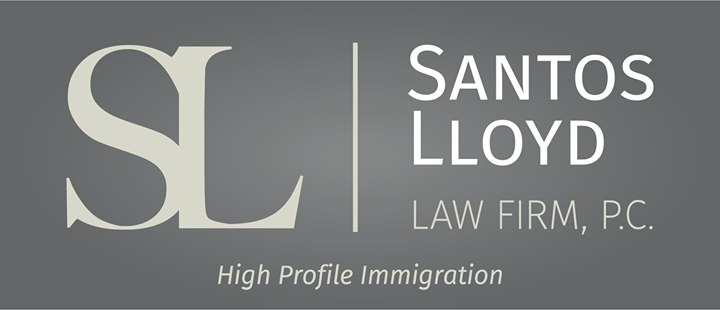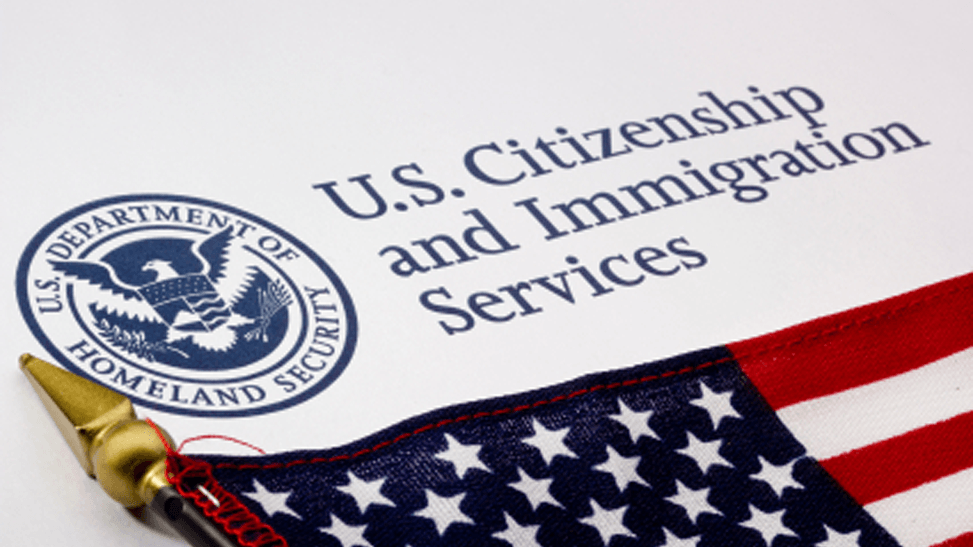Compreendendo o Novo Requisito de Registro de Estrangeiros do USCIS: O Que Você Precisa Saber
Click here to read this article in English
Em janeiro de 2025, o governo dos EUA introduziu uma exigência determinando que todas as pessoas sem status legal no país se registrem junto às autoridades federais. Essa iniciativa tem como objetivo fortalecer a segurança nacional e garantir o cumprimento das leis de imigração vigentes. Se você ou alguém que você conhece for afetado por essa mudança, é essencial entender os detalhes desse requisito e como cumprir com ele.
Quem Já Está Registrado?
Muitas pessoas já cumpriram suas obrigações de registro por meio de interações anteriores com as autoridades de imigração dos EUA. Você é considerado registrado se tiver emitido qualquer um dos seguintes documentos:
- Cartão de Residente Permanente Legal (Green Card)
- Formulário I-94 ou I-94W (Registro de Entrada/Saída), mesmo que o período de admissão tenha expirado
- Visto de imigrante ou não imigrante emitido antes da chegada
- Documento de Autorização de Trabalho (EAD)
- Cartão de Travessia de Fronteira
Além disso, se você solicitou residência permanente legal usando formulários como I-485, I-687, I-691, I-698 ou I-700, mesmo que o pedido tenha sido negado, ou se foi admitido nos EUA sob liberdade condicional conforme INA 212(d)(5), você já atendeu ao requisito de registro.
Quem Precisa se Registrar Agora?
Se você ainda não foi registrado por nenhum dos meios mencionados acima, será necessário se registrar sob a nova exigência. Isso inclui:
- Pessoas com 14 anos ou mais que não foram registradas e não tiveram impressões digitais coletadas ao solicitar um visto e que permaneceram nos EUA por 30 dias ou mais. Elas devem se registrar antes do término desses 30 dias.
- Pais ou responsáveis legais de crianças menores de 14 anos que não foram registradas e que permaneceram nos EUA por 30 dias ou mais. Eles devem registrar seus filhos antes do fim desse período.
- Qualquer pessoa que complete 14 anos nos EUA e já tenha sido registrada anteriormente. Essas pessoas devem solicitar o recadastramento e a coleta de impressões digitais dentro de 30 dias após seu 14º aniversário.
Importante ressaltar que índios americanos nascidos no Canadá que entraram nos EUA sob a Seção 289 do INA e membros da Tribo Kickapoo do Texas que entraram sob o Texas Band of Kickapoo Act estão isentos desse requisito.
Como se Registrar
O Serviço de Cidadania e Imigração dos EUA (USCIS) está desenvolvendo um novo formulário e processo de registro. A partir de 25 de fevereiro de 2025, as pessoas obrigadas a se registrar devem criar uma conta online no site do USCIS para se prepararem para o processo de registro. Assim que o sistema for implementado, os registros serão submetidos por meio dessa conta online.
Considerações Importantes
- O Registro Não Concede Status Migratório: O preenchimento do registro não concede status migratório, autorização de trabalho ou quaisquer outros direitos ou benefícios sob a legislação dos EUA.
- Consequências pelo Não Cumprimento: A não conformidade com o requisito de registro pode resultar em multas, prisão ou ambas as penalidades.
Na Santos Lloyd Law Firm, P.C., estamos comprometidos em guiá-lo por esse processo com sensibilidade e expertise. Nossos advogados especializados em imigração estão prontos para fornecer as informações e assistência de que você precisa neste momento. Para orientação e suporte personalizados, entre em contato com o Santos Lloyd Law Firm, P.C. e fale com um de nossos experientes advogados de imigração. Estamos aqui para ajudá-lo a lidar com essas mudanças e garantir um futuro promissor.
Este blog não se destina a fornecer aconselhamento jurídico e nada aqui deve ser interpretado como estabelecimento de um relacionamento advogado-cliente. Por favor, agende uma consulta com um advogado de imigração antes de agir com base em qualquer informação lida aqui.






